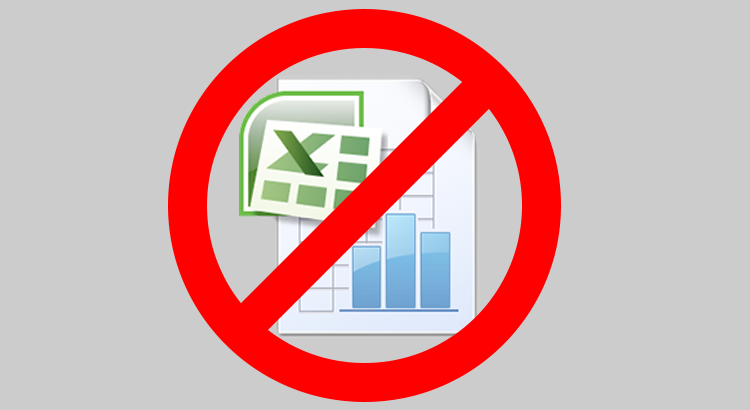For all the progress companies have made in adopting new technologies over the last quarter century, it is alarming to consider the number of companies still utilizing Microsoft Excel for data entry, calculation, reporting and forecasting.
While revolutionary in 1985 when it debuted on the Apple Macintosh, it has largely become unable to support the growing needs of corporations to manage their data, extract insights, and stay one step ahead of their competition.
Particularly for collaborative processes such as budgeting, planning and forecasting, Excel is severely outdated – so much so that even the CFOs of major corporations are sounding the alarm.
A recent article in the Wall Street Journal, “Stop Using Excel, Finance Chiefs Tell Staffs” (Nov. 22, 2017), reports that companies such as Adobe, P.F. Chang’s, ABM Industries, and Wintrust Financial are working to eliminate their finance team’s dependency on Excel for financial planning, analysis and reporting.
The reason is simple: Excel is too prone to error. In fact, a report from MarketWatch found that nearly 90 percent of spreadsheet documents contain errors, with errors in 1% or more of all formula cells. From simple human error to the inability to automatically pull data from disparate systems, Excel simply wasn’t designed to meet the demands of today’s corporate finance units.
As the Wall Street Journal article notes, “Older versions of Excel don’t allow multiple users to work together in one document, hampering collaboration. There is also a limit to how much data can be pulled into a single document, which can slow down analysis.” It is also difficult to reconcile multiple versions of the same spreadsheet and prevent errors when changes are made.
Furthermore, the amount of time that goes into importing, exporting and manipulating data is time that could be better spent extracting insights that yield meaningful returns. As Adobe’s finance chief Mark Garrett says, “I don’t want financial planning people spending their time importing and exporting and manipulating data, I want them to focus on what is the data telling us.”
The solution? Implementing new systems that are better suited to manage and integrate large data sets. By moving people out of Excel and into a new, customizable application, the propensity for error becomes drastically reduced, the integrity of the data is ensured, and the messiness caused by multiple people working in one spreadsheet is eliminated.
The proof is in the numbers. A recent survey of planning and budgeting software users found that 57 percent reported improved integration of planning with reporting/analysis, and increased transparency of planning, compared to just 11 and 10 percent of Excel users, respectively. Furthermore, 53 percent reported better quality of planning results, versus 5 percent of Excel users; and 43 percent reported increased planning frequency/faster planning, and improved integration of different sub-budgets, compared to 10 and 9 percent of Excel users, respectively.
At Treehouse Technology Group (TTG), we have witnessed first hand how moving companies from Excel into a tailored, cloud-based system eliminates errors and provides the control, accuracy and security needed to streamline their budgeting processes. We have seen gains of company-wide productivity improvement of over 25 percent, saving hundreds of thousands of dollars per year spent on data validation, manual entry, fixing errors and a myriad of other problems.

1 thought on “Why You Need to Stop Using Excel for Your Budgeting Process”
Comments are closed.